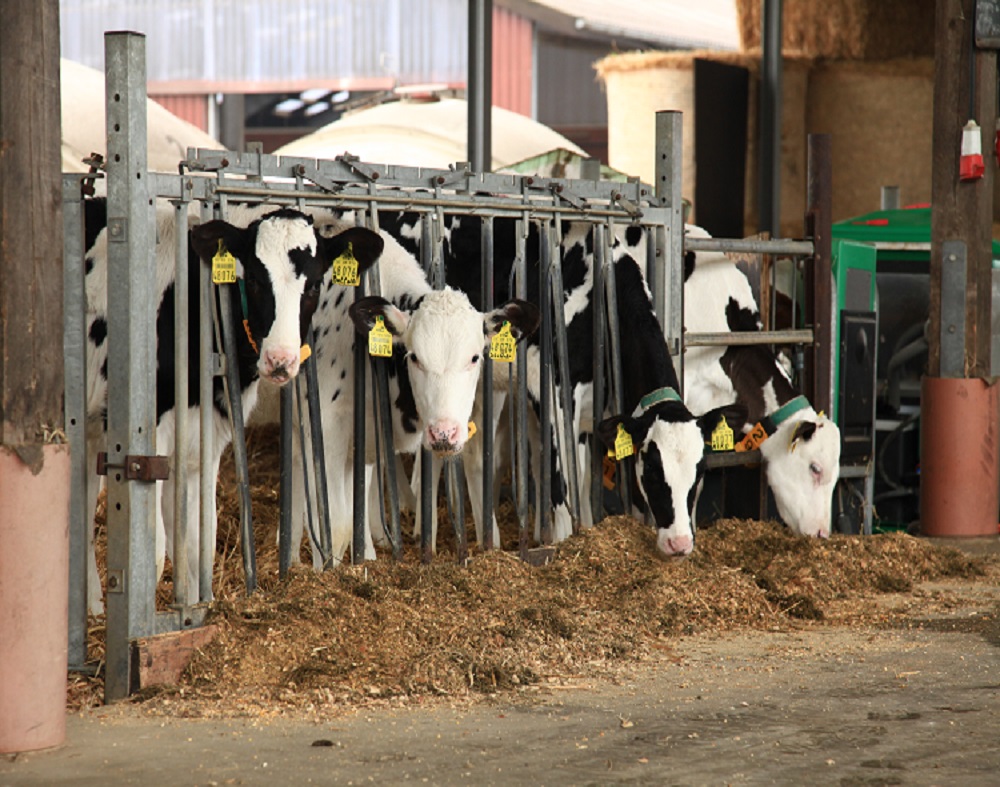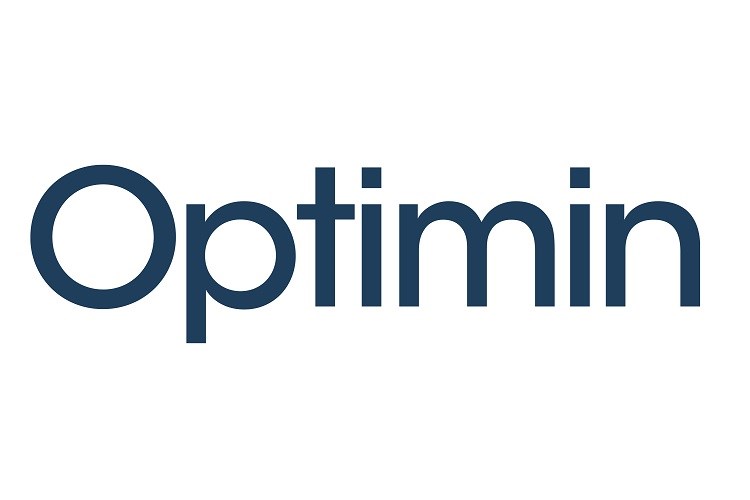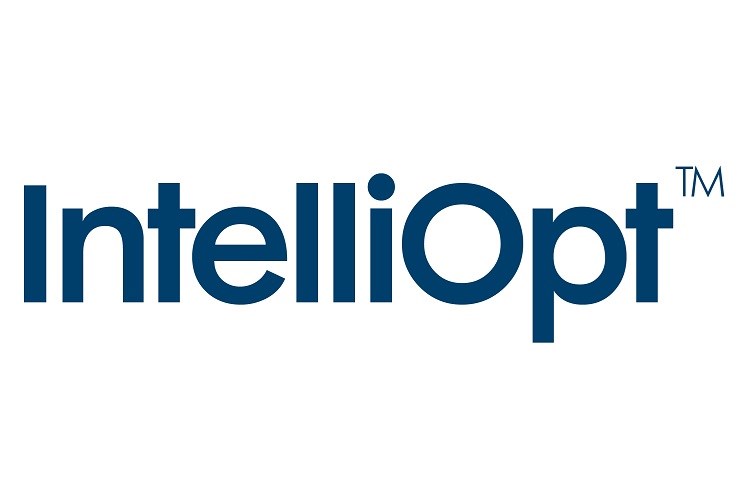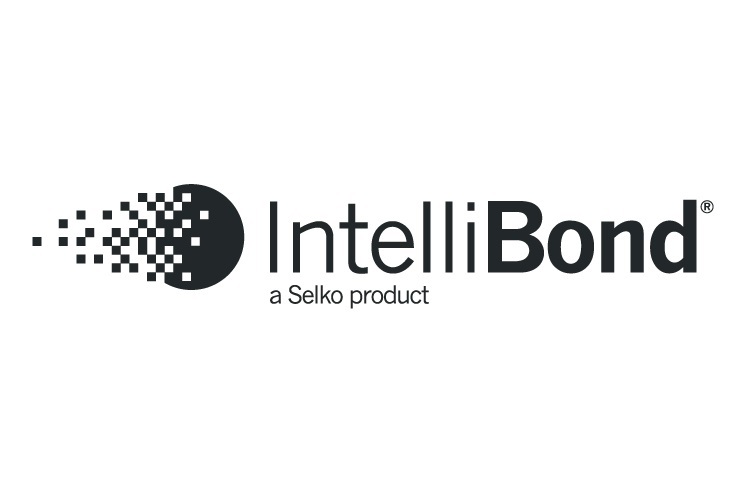
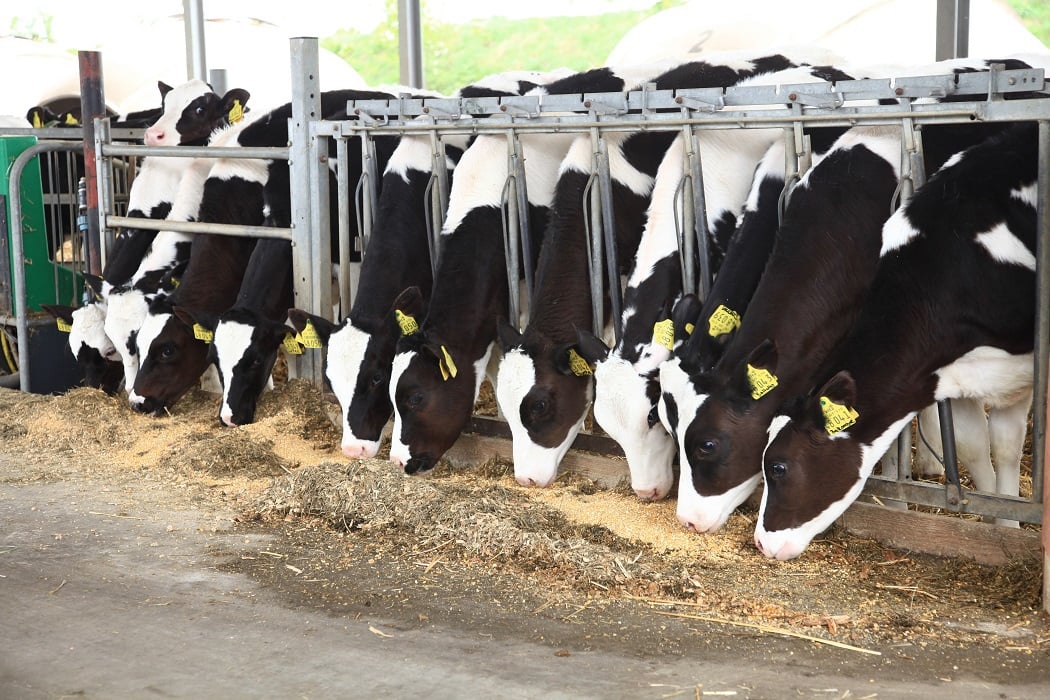
Trace minerals are essential nutrients required by all living organisms
An animal’s basic requirements can be achieved in part via trace minerals – such as copper, zinc and manganese – present in basic feed, such as silage, hay and grains. However, multiple studies show that while the trace minerals in these ingredients meet the microbial requirements of the rumen microflora, they do not meet the total trace mineral requirements of the animal, which is important to maintain dairy calves’ growth, health and well-being.
Our Trouw Nutrition Trace Mineral Portfolio – including IntelliBond, Optimin and IntelliOpt – enables farmers to meet the incremental needs of animals in a consistent, cost-effective manner. Our products effectively reduce reactions with other essential nutrients in feed, increasing palatability and intake, enabling more efficient delivery and absorption of essential nutrients within a calf’s intestinal tract. Once absorbed, trace metals support many essential functions, such as health, growth and performance.
What is the connection between trace minerals and dairy calves’ health and performance?
Trace minerals are essential for many aspects of health and performance, but not all sources of trace minerals are the same. IntelliBond (Hydroxide trace minerals) is a newly defined category of trace minerals that have a unique hydroxyl group covalently bonded to the metal. This gives them a high bioavailability and low reactivity, delivering optimal efficacy. As a result, dairy producers, feed manufacturers and nutritionists will be able to find:
- Higher nutrient stability in feed, including vitamins, fatty acid and probiotics
- Improved preferential intake of feed and mineral supplements, especially in calves
- Greater rumen function and higher digestibility of fibre and dry matter in post-weaned calves and replacement heifers
- More bioavailability, resulting in higher immune status, health and performance
- Less mineral (i.e., Cu and Zn) and phosphorus leakage into the environment
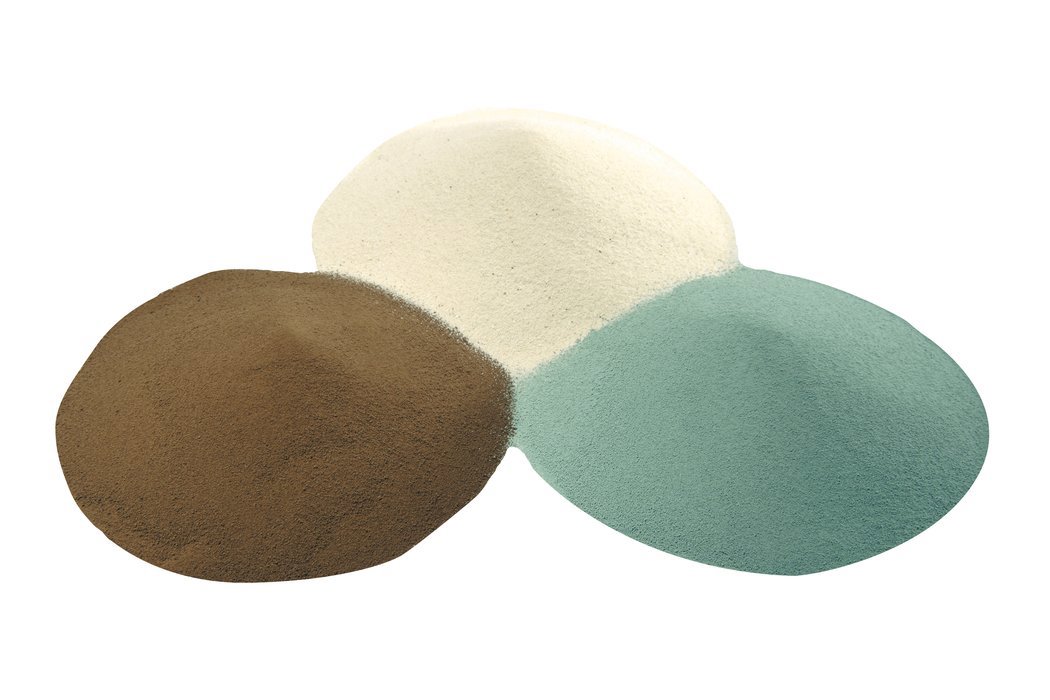
Stability is the key factor when it comes to trace mineral nutrition. More stable trace mineral molecules are less reactive with nutrients and feed components. This leads to better intake of feed and starters and more efficient metal absorption, resulting in improved calf and heifer health, growth, performance and well-being.
Frequently Asked Questions
What is antagonism? How does it affect the results of trace mineral supplementation?
“Antagonists” are minerals or compounds that reduce the availability of another mineral by forming complexes that reduce absorption of the mineral in the intestinal tract. This typically occurs in the rumen. Antagonists can come from feedstuffs in the diet, contaminated soil and drinking water. Common antagonists include sulphur, phytates, iron, molybdenum, oxalates, fibre particles and mineral imbalances in the ration.
A stable trace mineral molecule helps to avoid antagonism and other interactions. Free metals reduce feed quality and palatability and interact negatively with rumen microorganisms, in the end leaving less metal available to be absorbed.
Why are the types of bonds in the trace mineral molecule important?
“Covalent” bonds, found in IntelliBond and Optimin molecules, are stronger than regular ionic bonds found in salts and sulphates. These stronger bond structures limit the exposure of trace metal to antagonists in the feed and rumen and lead to slower dissociation in the abomasum, making the mineral available for absorption by metal transporters in the intestinal tract.
